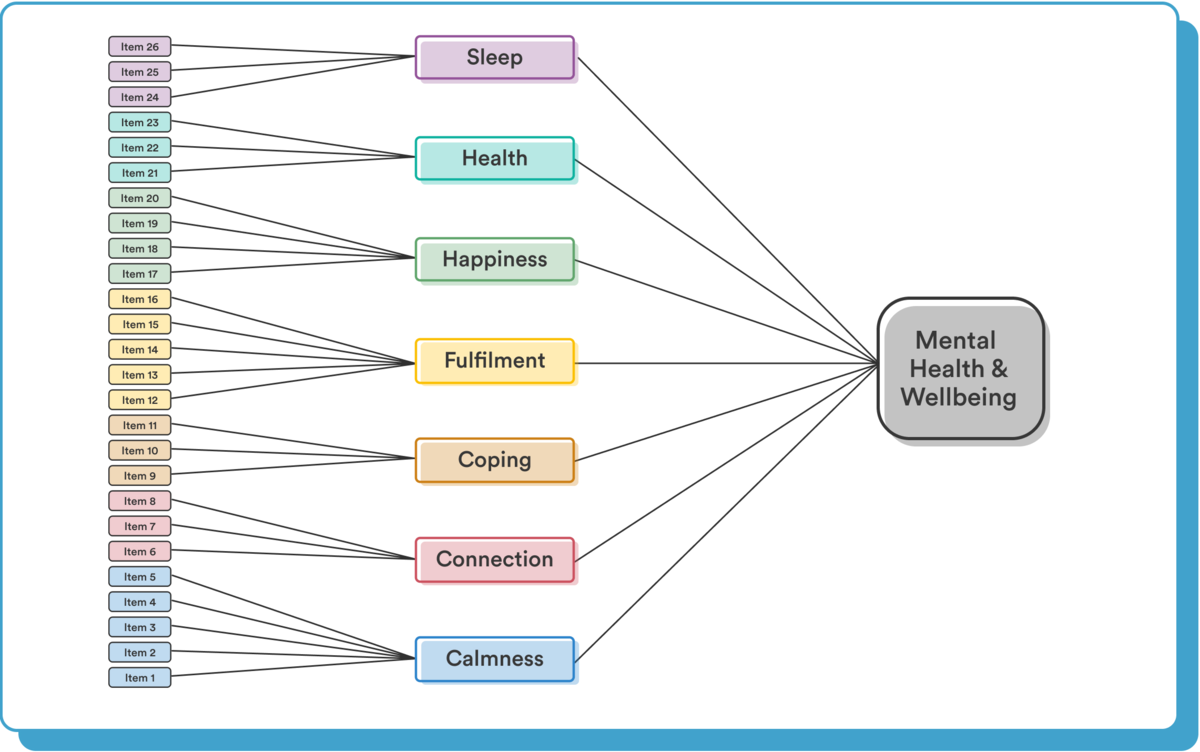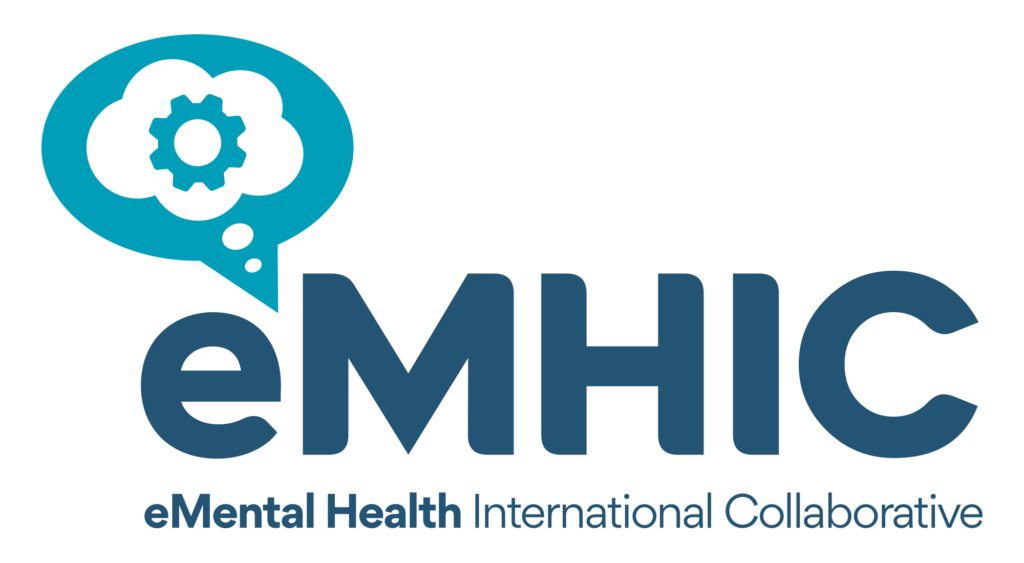Introducing Unmind
“Unmind is a workplace, digital, mental health platform with tools to help users track, maintain, and improve their mental health and well-being (MHWB). Psychological measurement plays a key role on this platform, providing users with insights on their current MHWB, the ability to track it over time, and personalized recommendations, while providing employers with aggregate information about the MHWB of their workforce.”
Traditional Psychological Scales and eMental Health Platforms
“There is a distinction between mental health (the absence of mental illness) and mental well-being. Existing self-report scales are typically intended to measure one or the other factor. On the one hand, diagnostic mental health measures are used in clinical practice to help diagnose patients with specific mental health disorders (as described in the Diagnostic and Statistical Manual of Mental Disorders [DSM]-V or International Classification of Diseases [ICD]-11). On the other hand, positive mental well-being scales are intended to measure broader well-being and quality of life and are typically based on principles from positive psychology. Although distinct, these 2 factors are strongly correlated. Ideally, the self-monitoring features of an mHealth app should capture both factors.
As they are, existing diagnostic and positive mental well-being scales have strengths and weaknesses for use in mHealth apps. Diagnostic scales provide sensitive, well-validated measures of specific aspects of mental ill-health, such as the Patient Health Questionnaire 9 (PHQ-9; depression), General Anxiety Disorder 7 (GAD-7; anxiety disorders), or the Insomnia Severity Index (ISI). However, these scales are a poor fit for a digital mental health platform…Given the limitations of existing measures for our purposes, we decided to develop a new measure for use on the Unmind platform.”
The Unmind Index
“This paper reports the development and validation of the Unmind Index in 3 parts. Study 1A described the generation of candidate items and the assessment of their validity. Study 1B documented the item selection process and the identification of the various facets of MHWB to be captured by the Unmind Index, using exploratory factor analysis (EFA). Finally, Study 2 described the validation of the Unmind Index, including confirmatory factor analysis (CFA) to identify the appropriate approach to calculating the overall MHWB score. It also demonstrated the psychometric properties of the Unmind Index and its convergent validity with existing diagnostic and holistic measures. It also established discriminant validity against measures of personality, documented measurement invariance, and explored gender and age differences in scores.”

“In Study 1A, we reported the process by which candidate items for the Unmind Index were generated, screened for validity, and initially clustered into subdomains. In Study 1B, we used an iterative data-driven approach to shorten the list of candidate items, used multifactor EFA to identify the underlying factor structure of these items, and finally integrated this data-driven factor structure with practical and theoretical considerations to establish the items and factor structure of the Unmind Index.”
“In Study 2, we validated the Unmind Index with new participants. We established that a second-order factor structure provides good fit to the data, that the scales have good internal and test-retest reliability, and that the subscales correlate as expected with existing measures of MHWB and do not correlate strongly with personality scales, with the exception of the emotional stability trait. Finally, the Unmind Index displayed measurement invariance with regard to gender and age, meaning that scores can be validly compared across these groups.”
“This work demonstrated the Unmind Index is a robust measure of MHWB that is underpinned by a general factor and 7 underlying constructs. We suggest that MHWB can usefully be measured in conjunction, challenging the false dichotomy (and associated stigma) that is perpetuated when mental ill health and mental well-being are described and measured separately. This is particularly relevant for assessment offered to working adults who are likely to encompass the full spectrums of MHWB. We would encourage other mHealth app developers to capture the broader aspects of positive well-being when aiming to measure mental health.”




